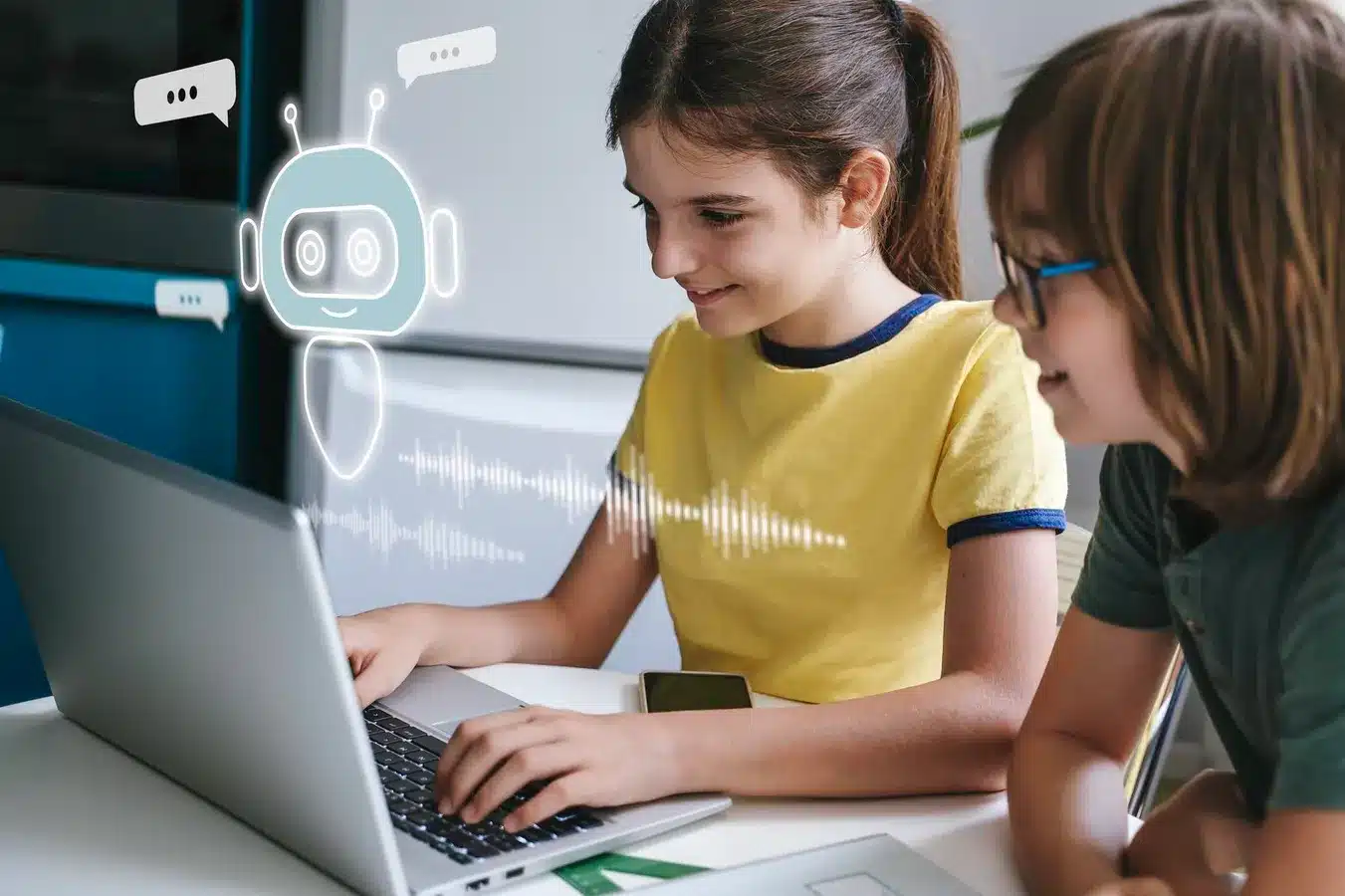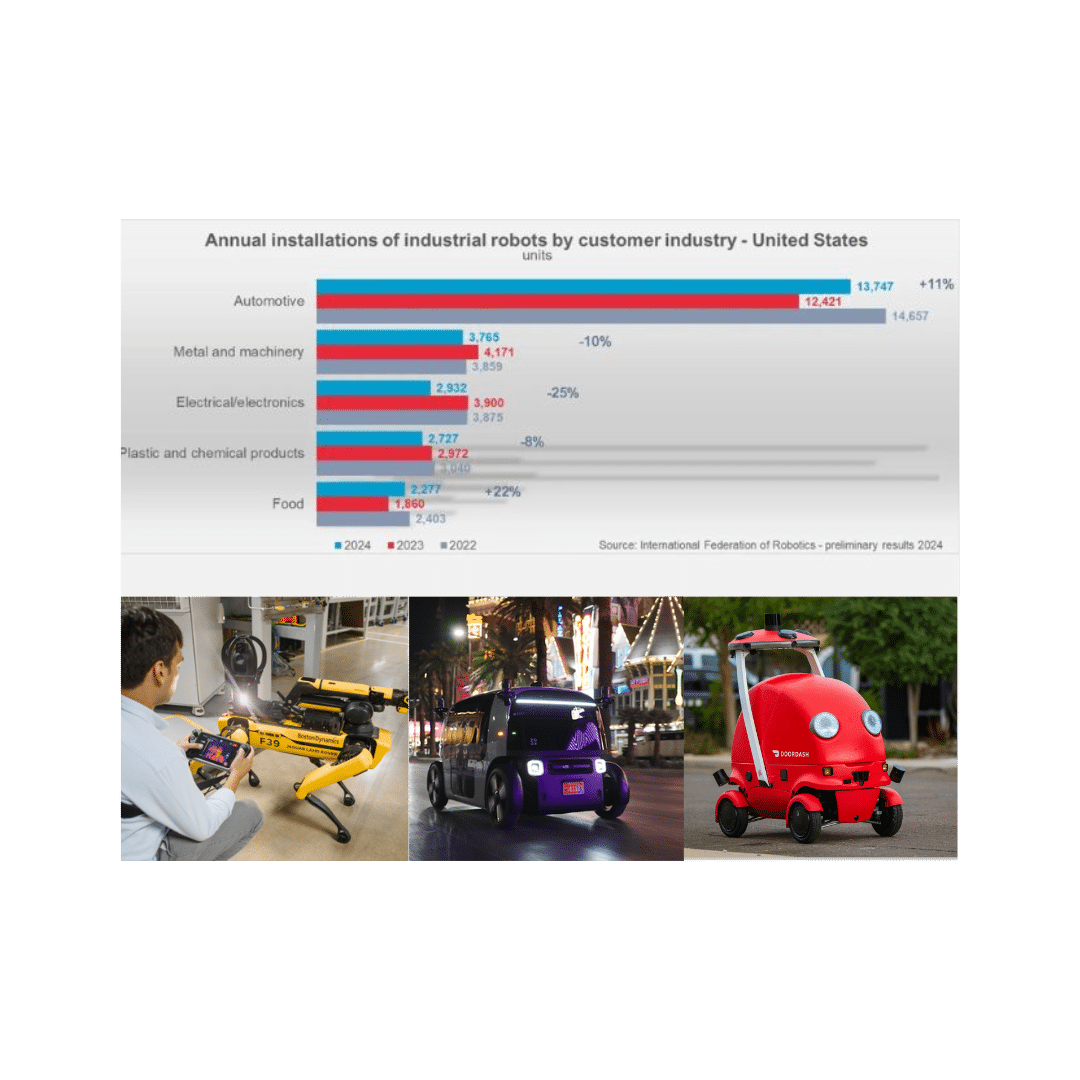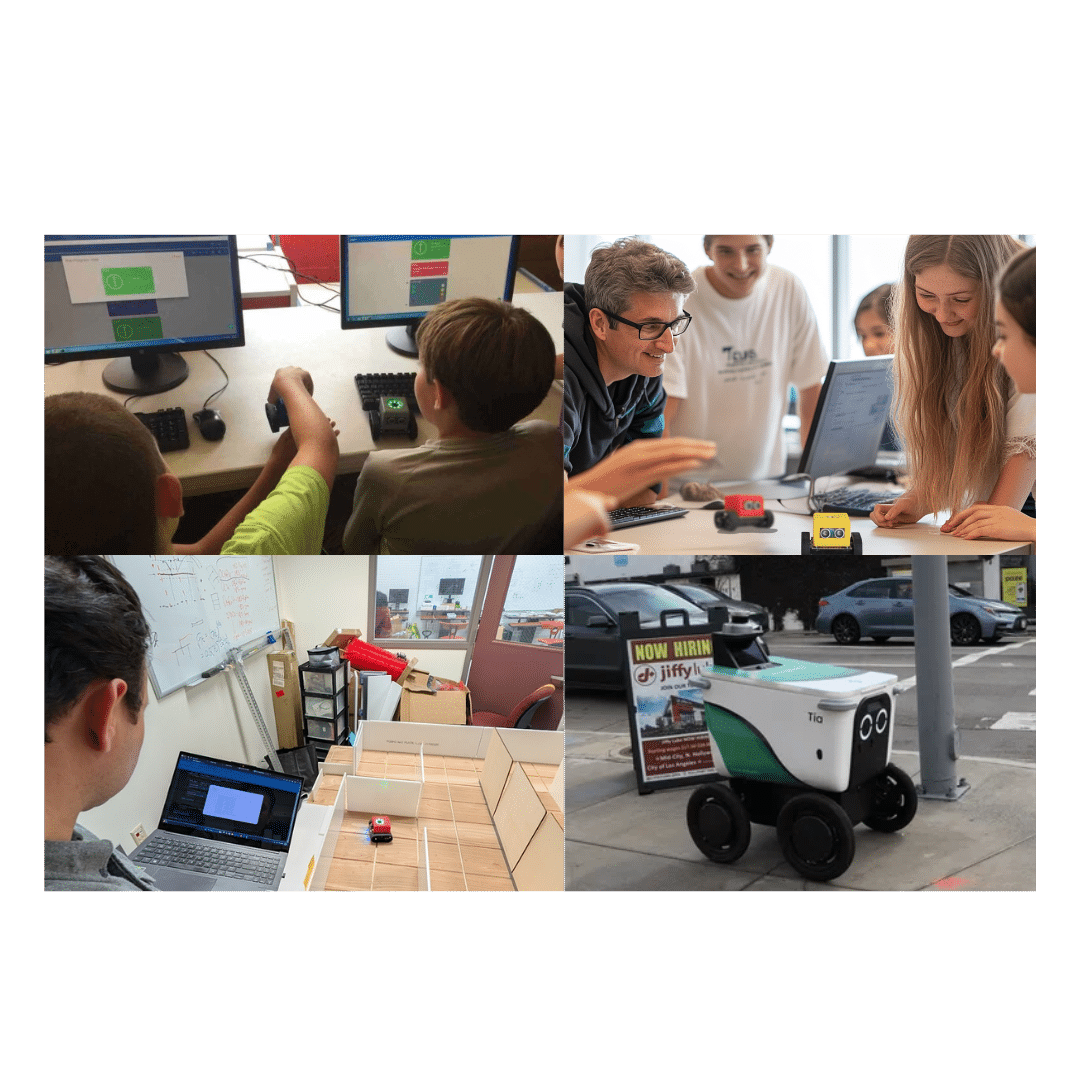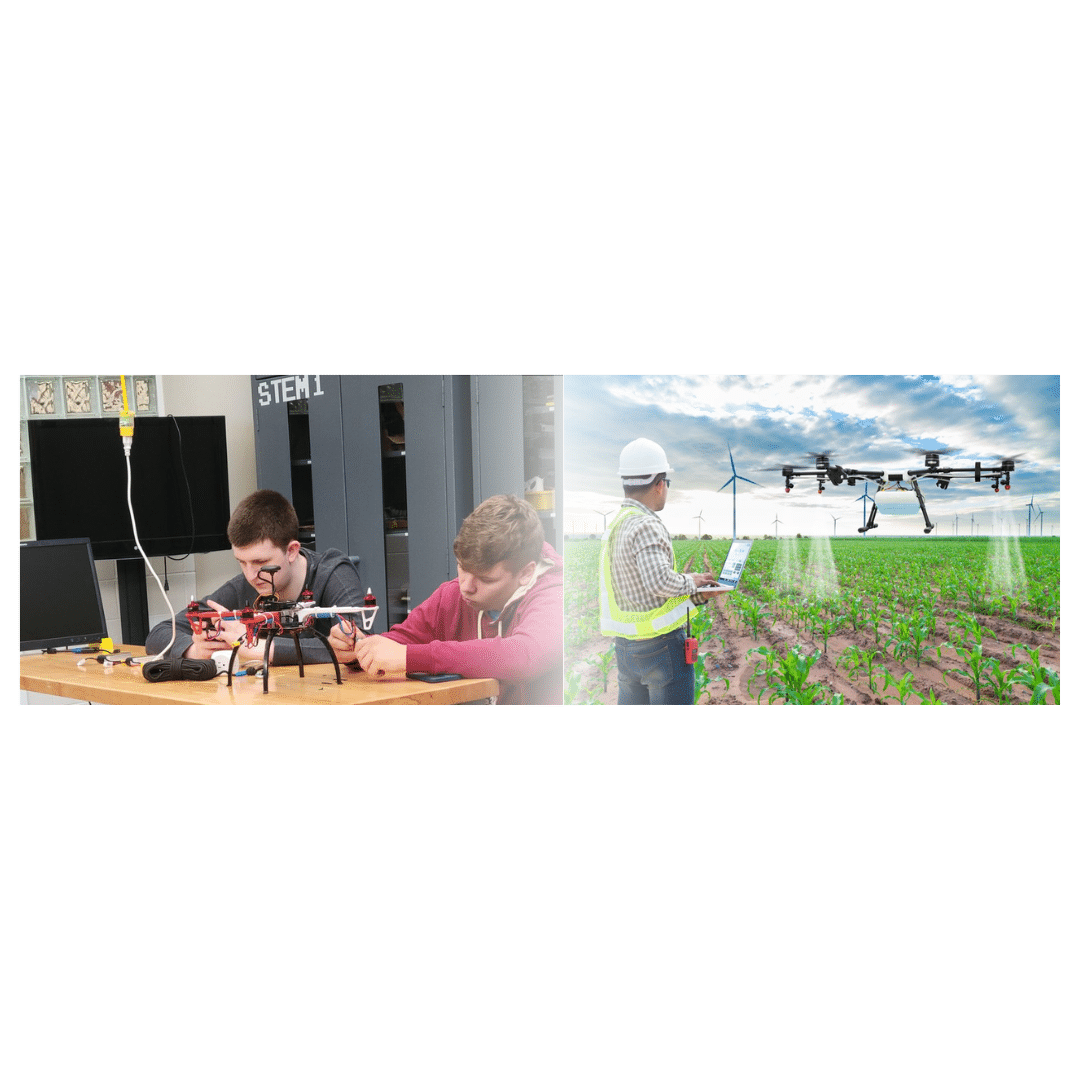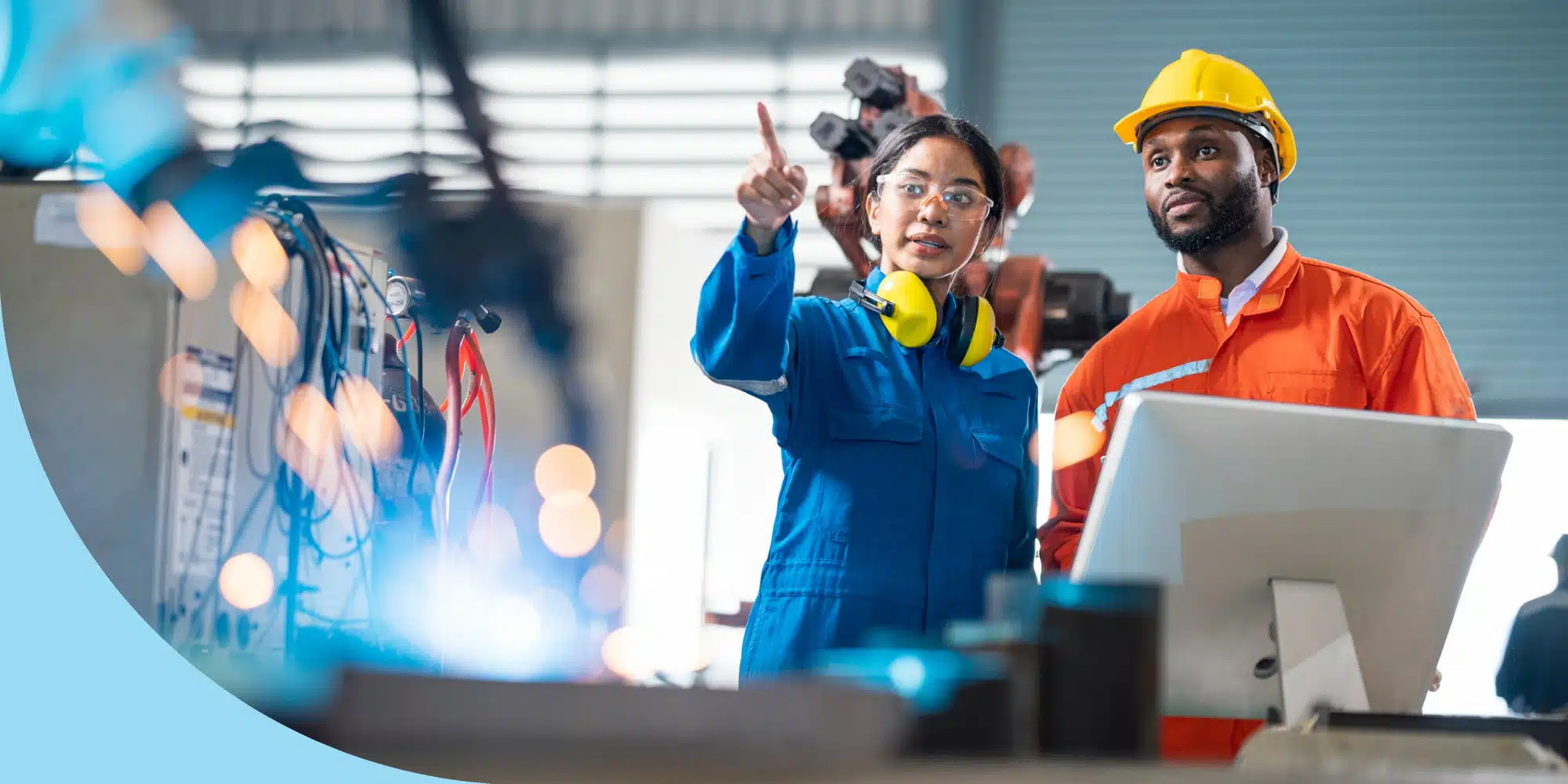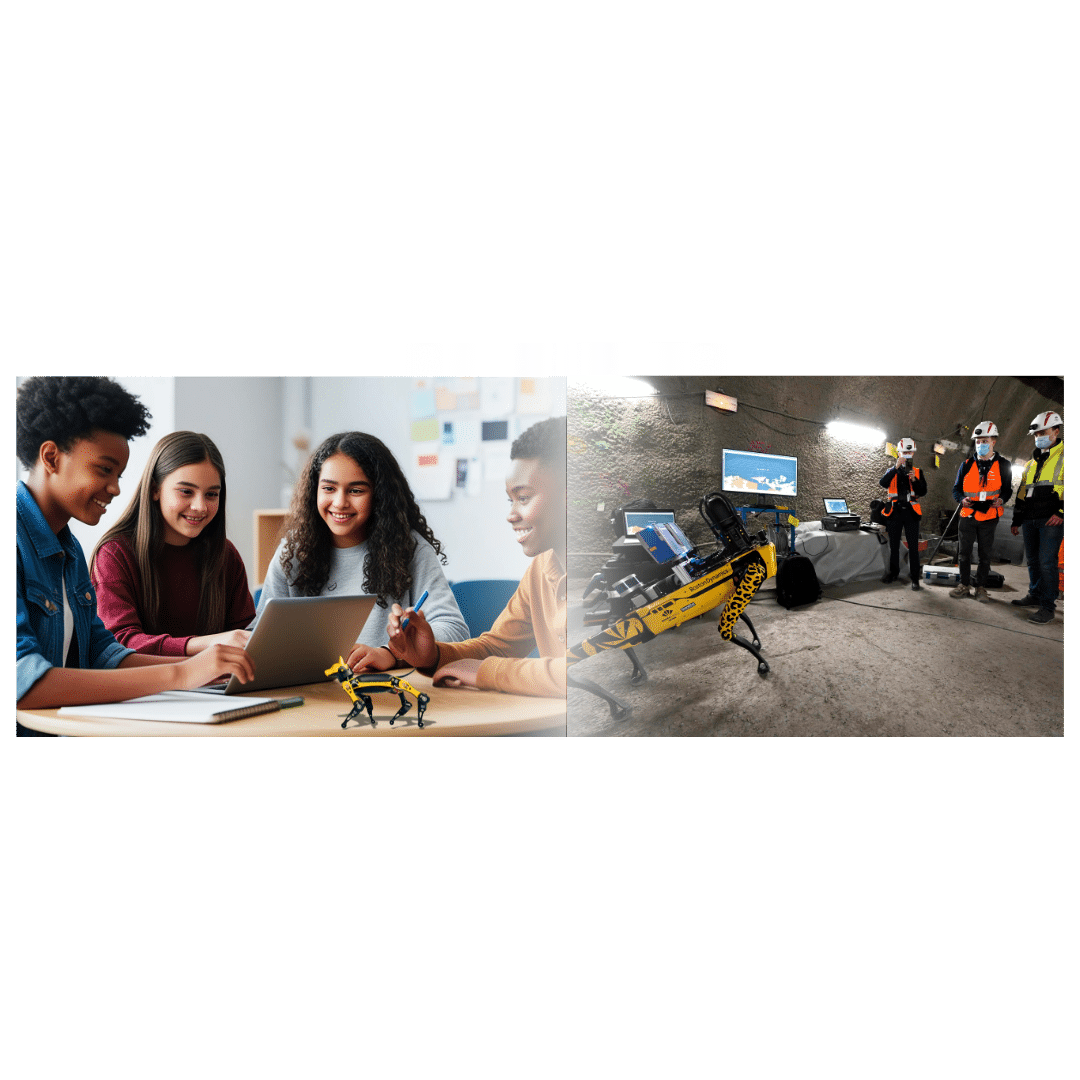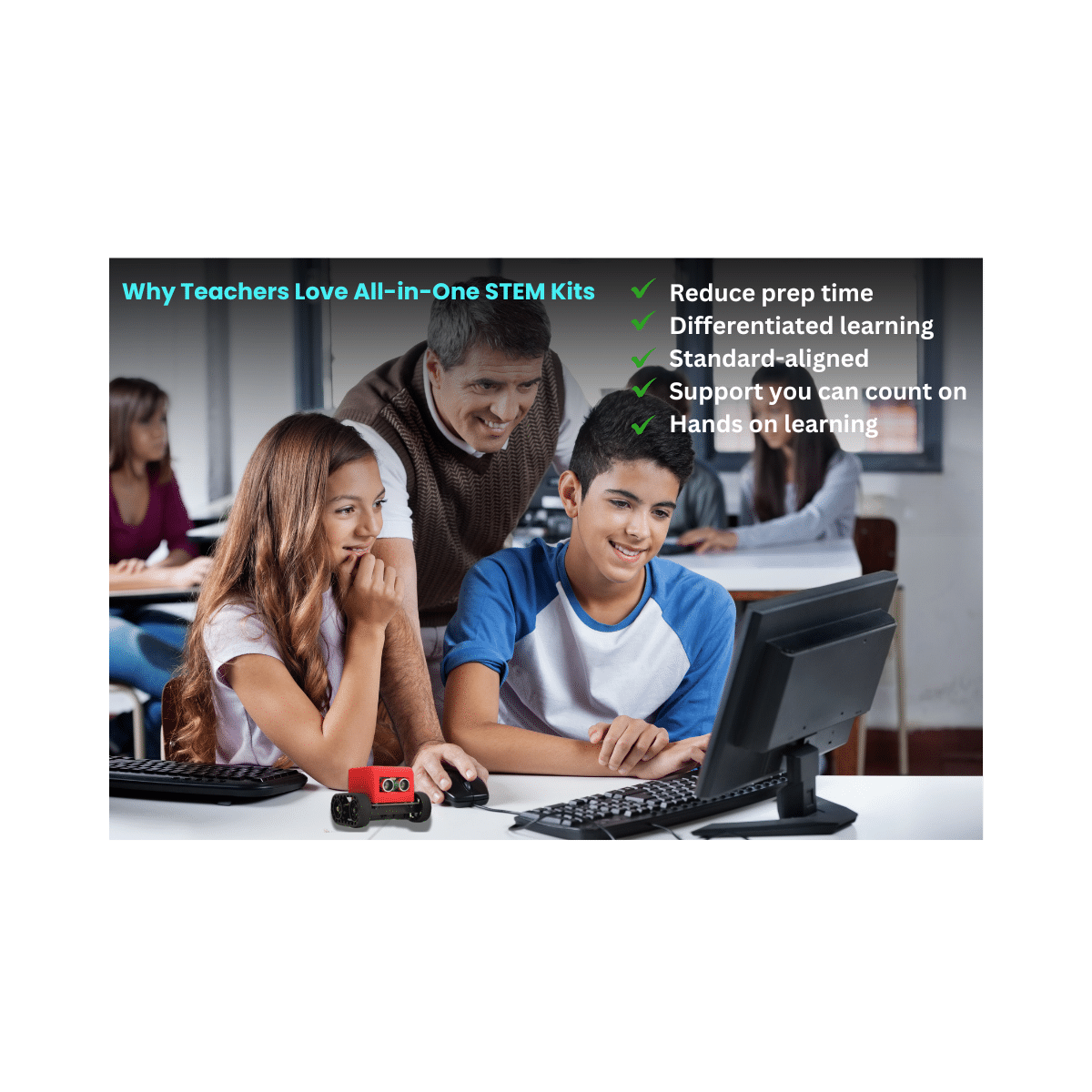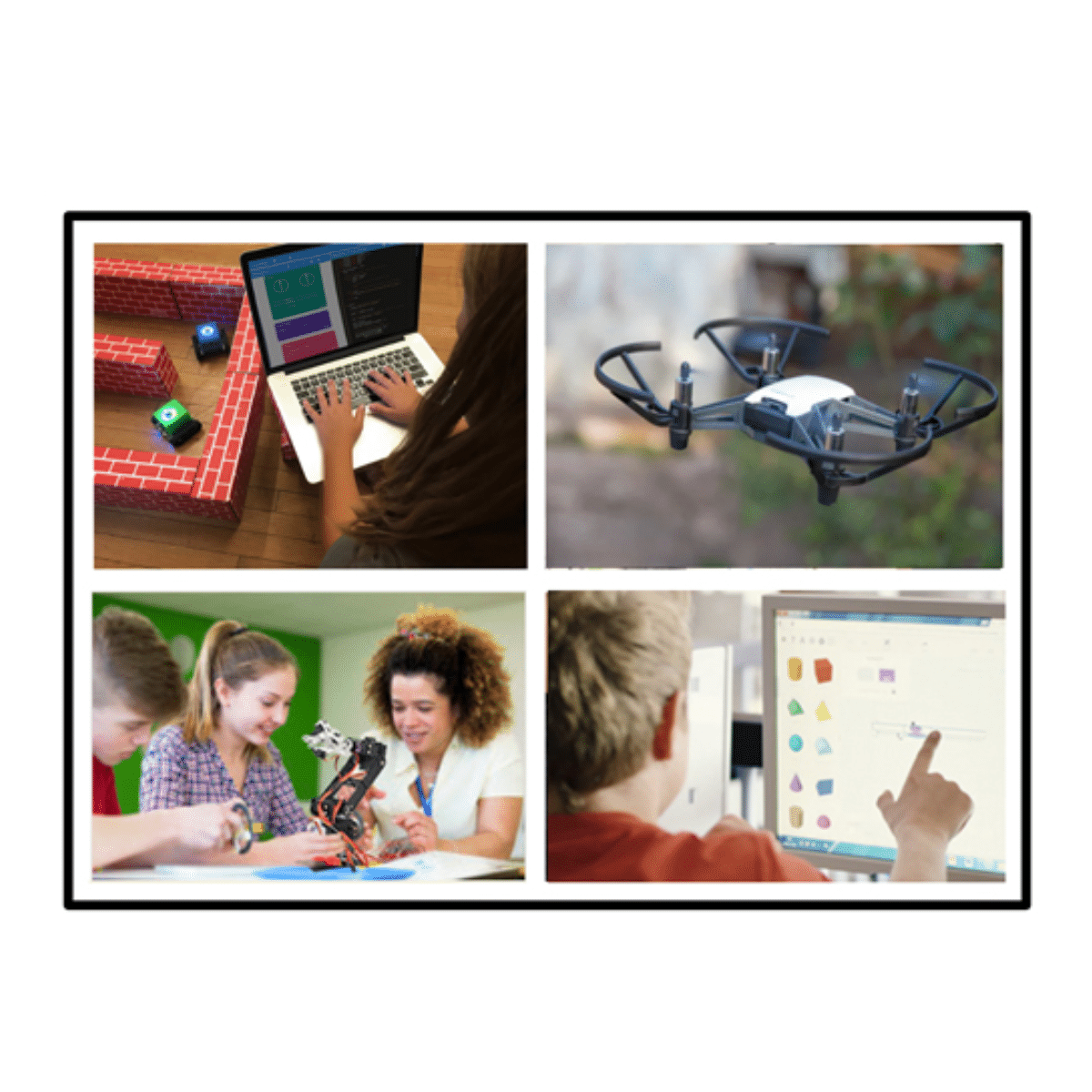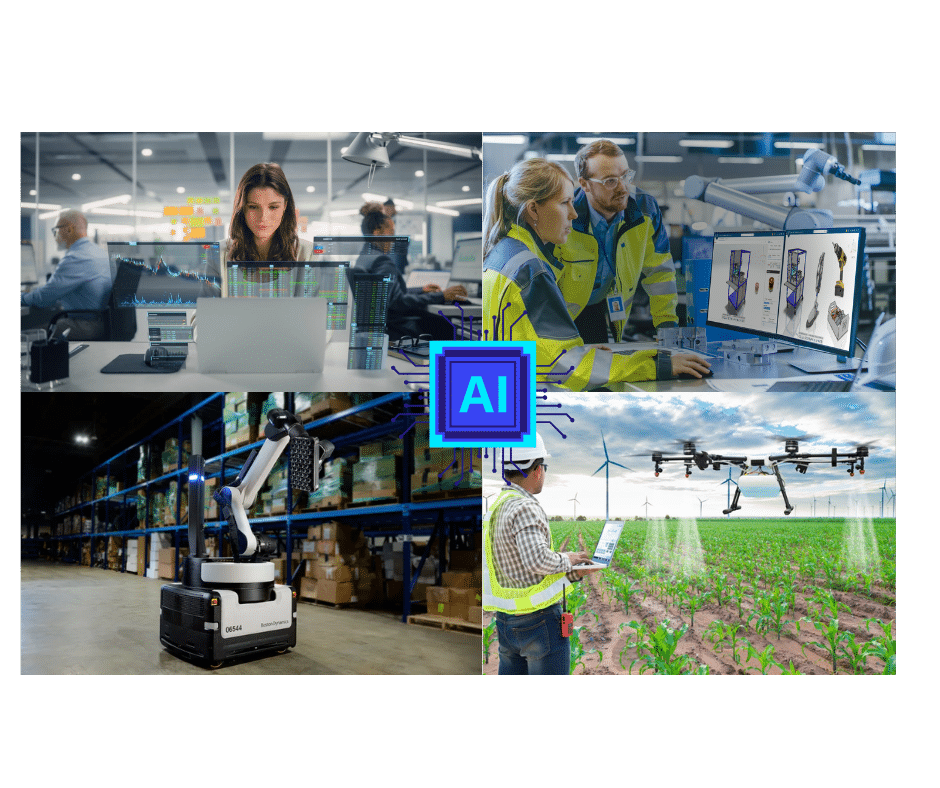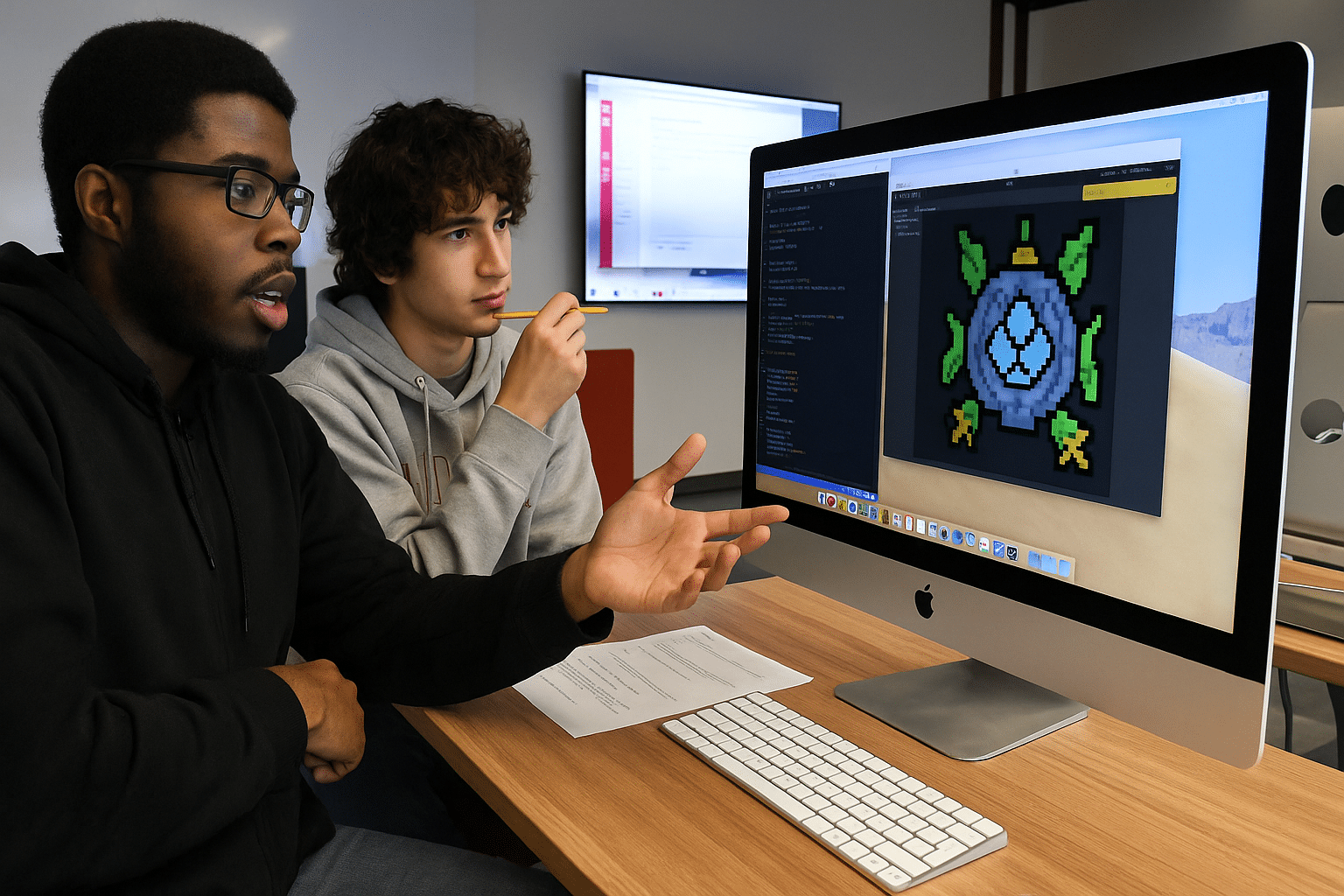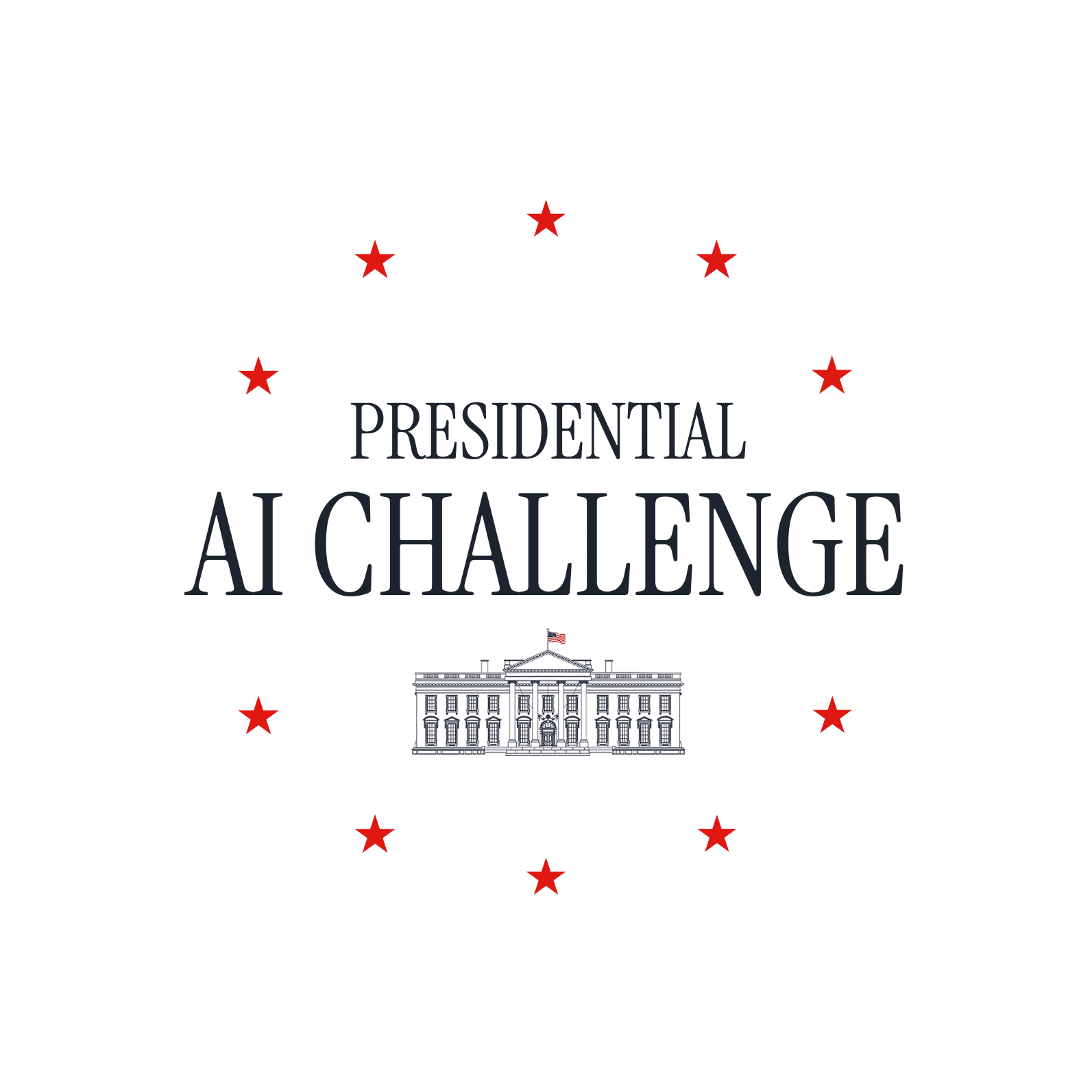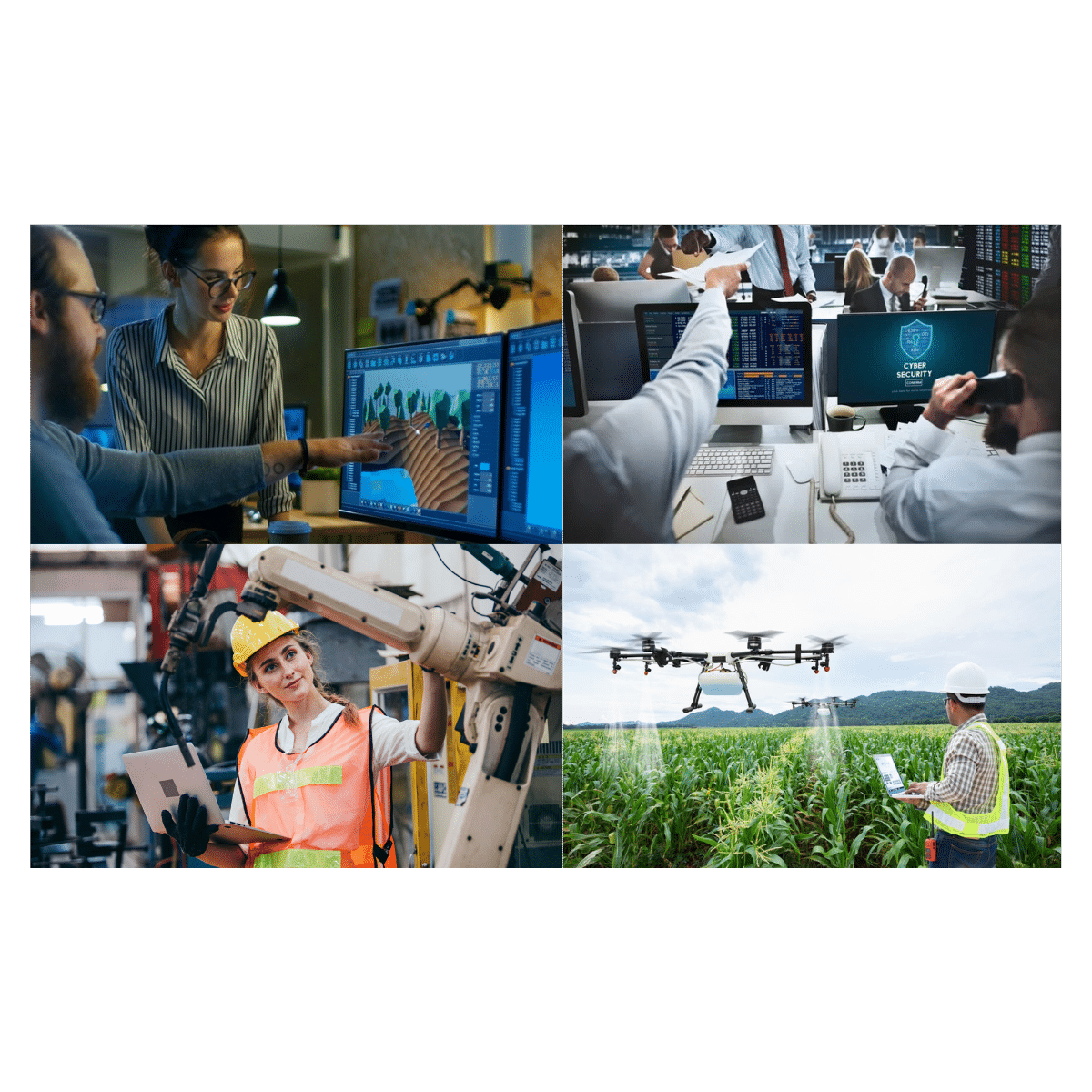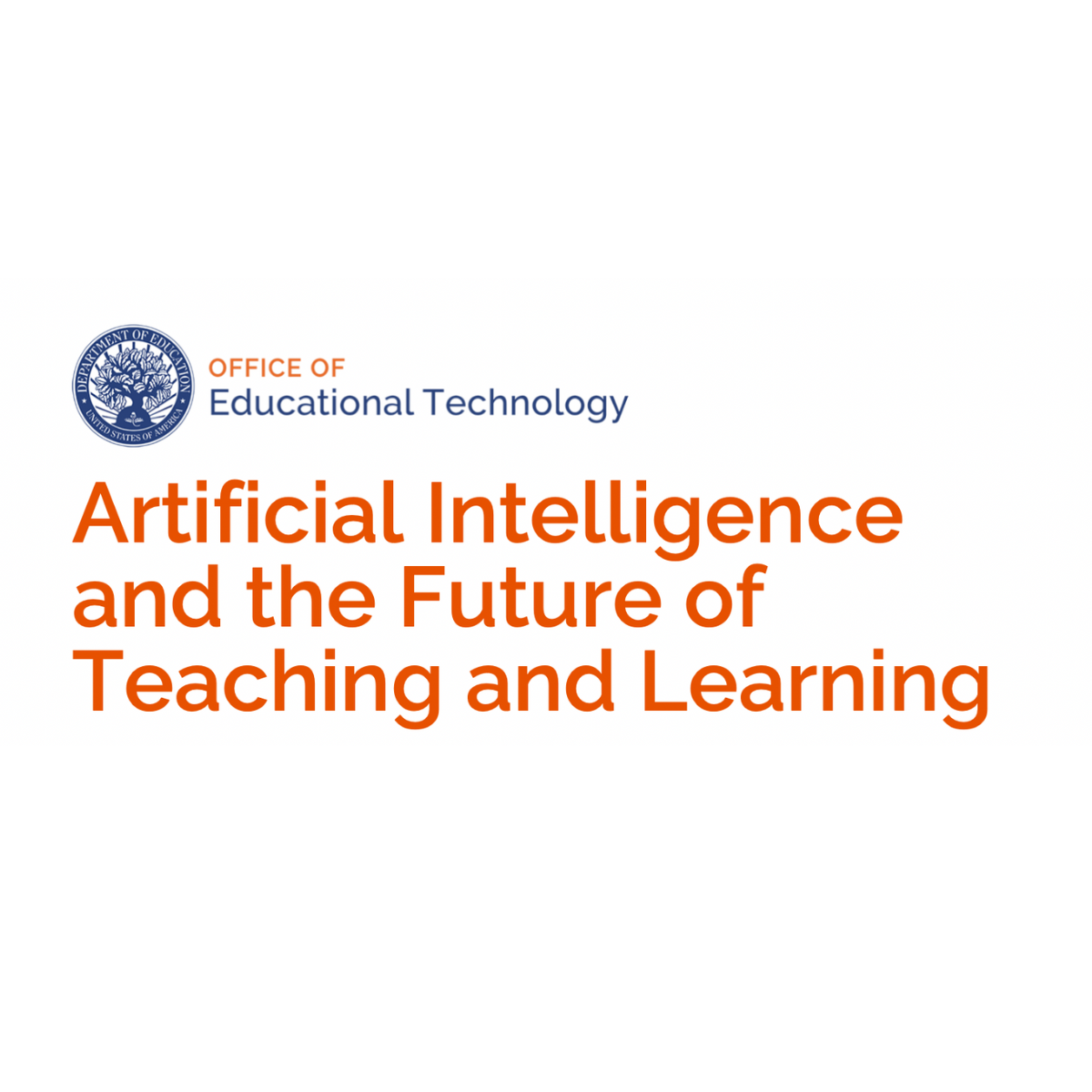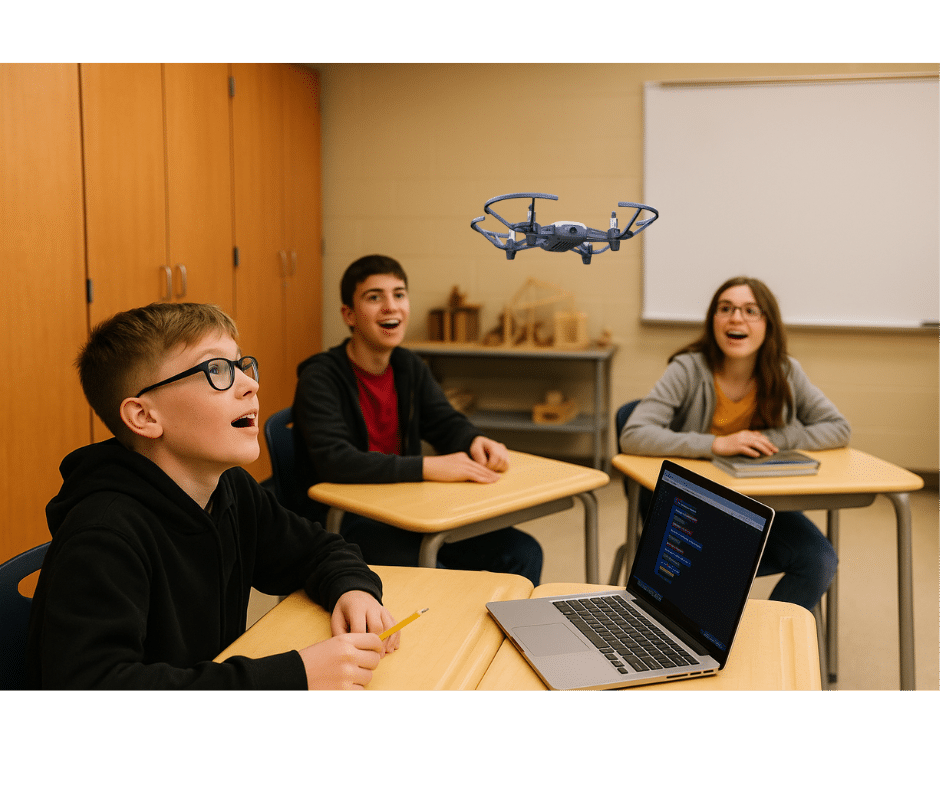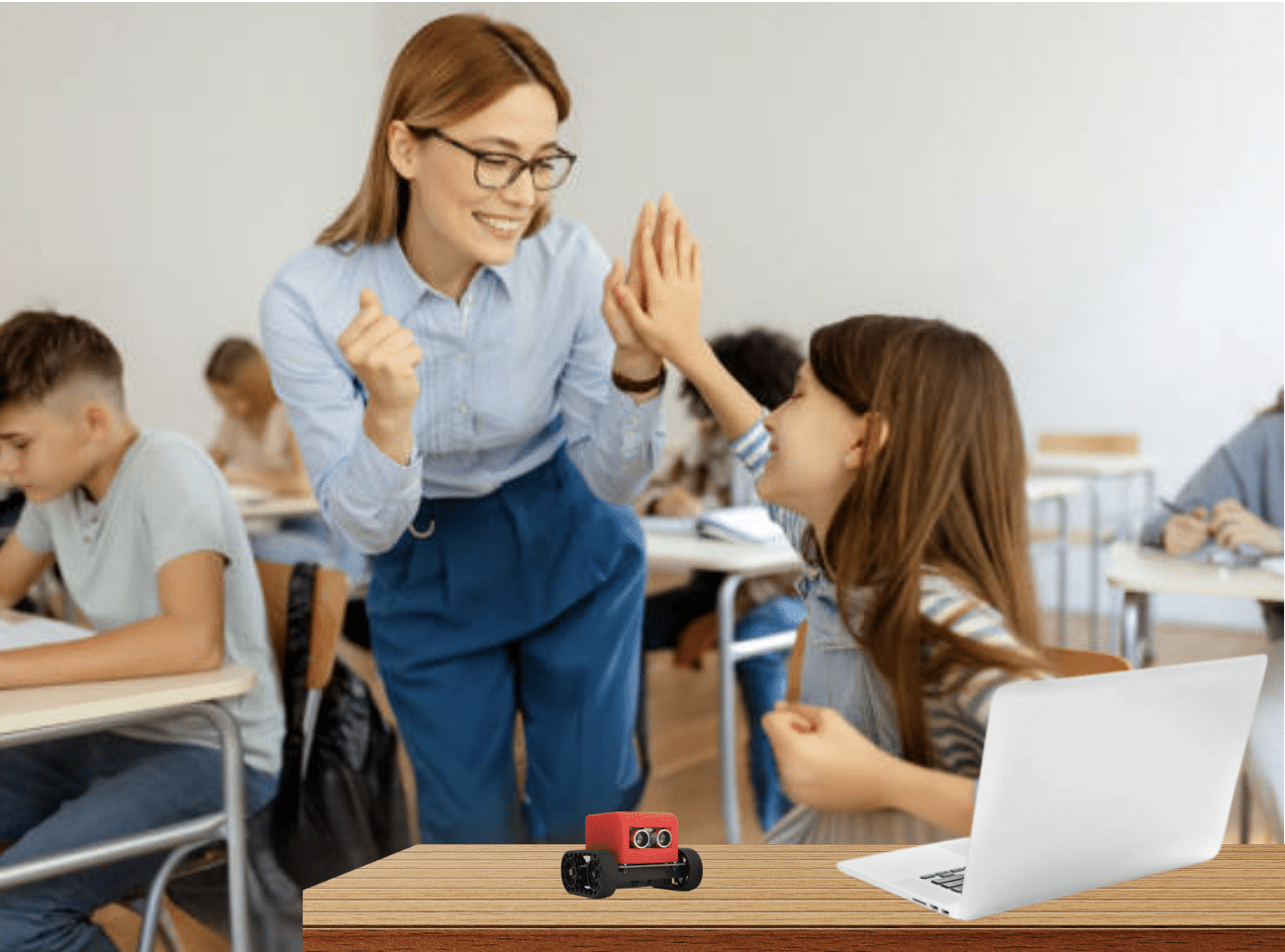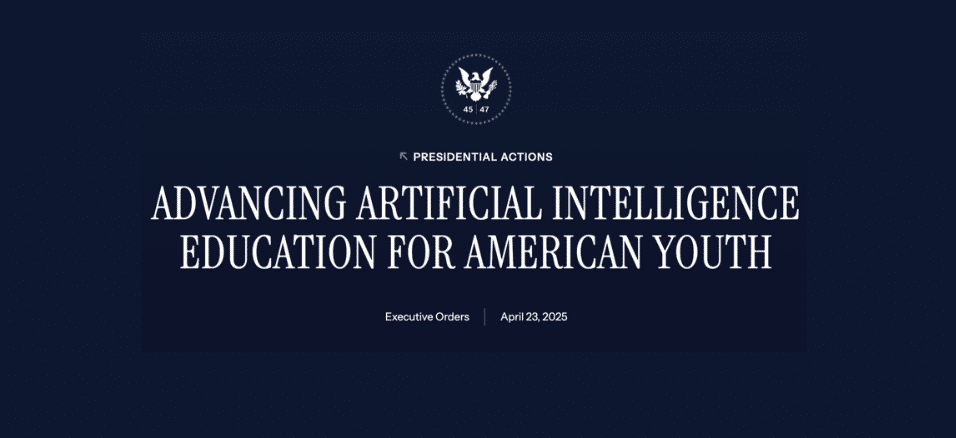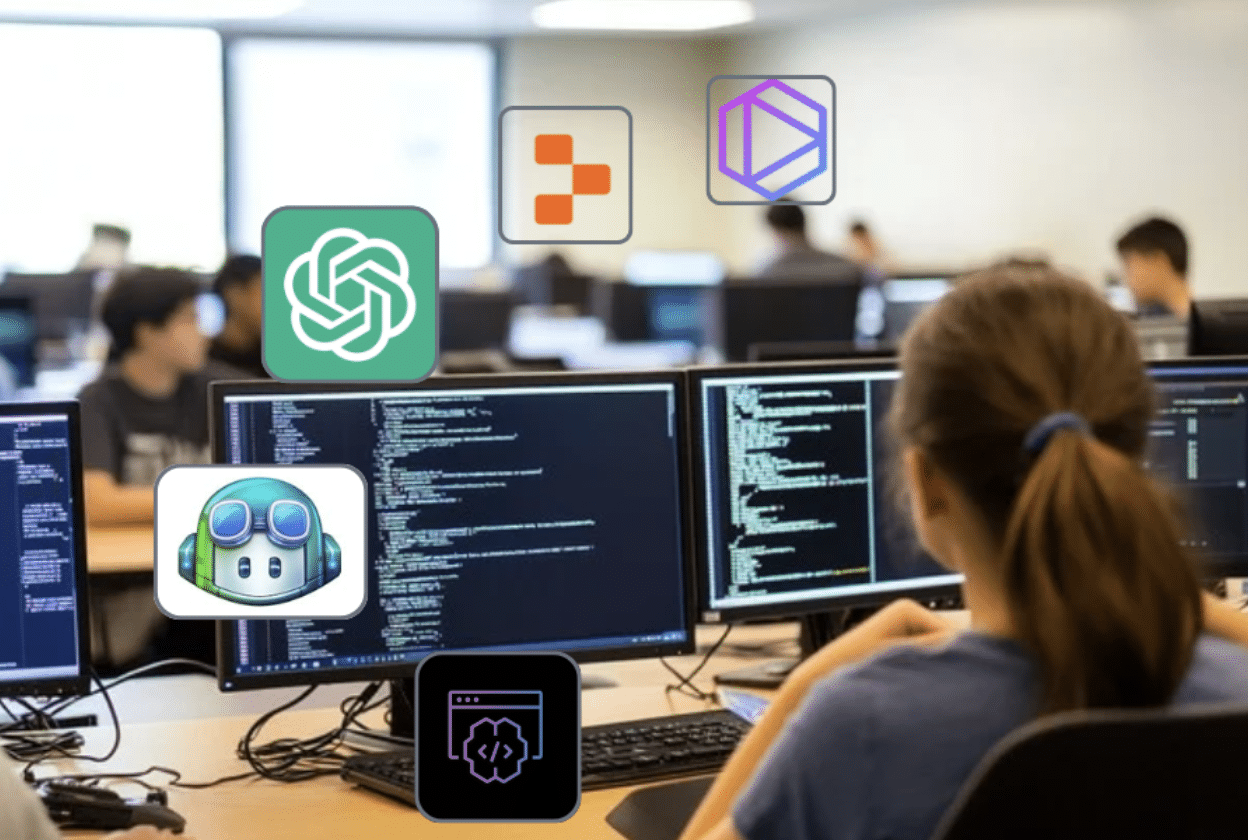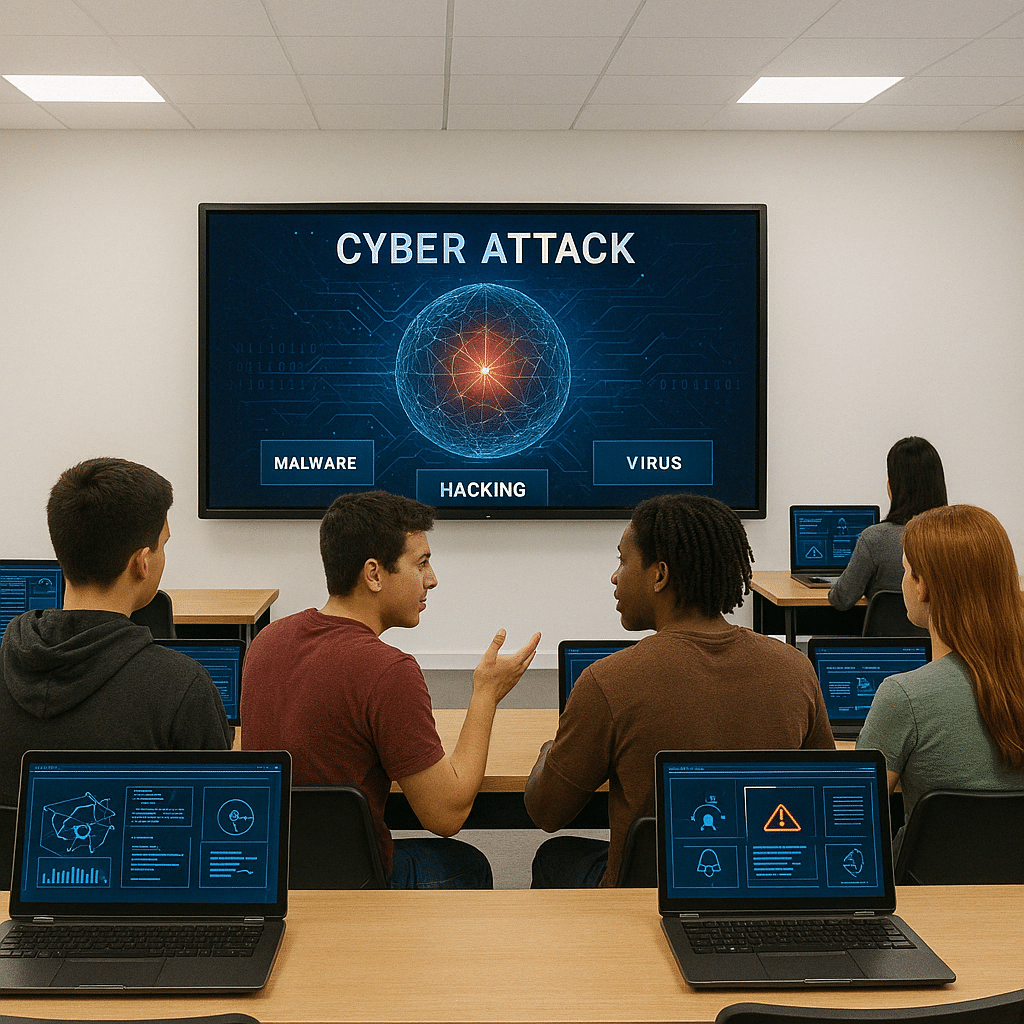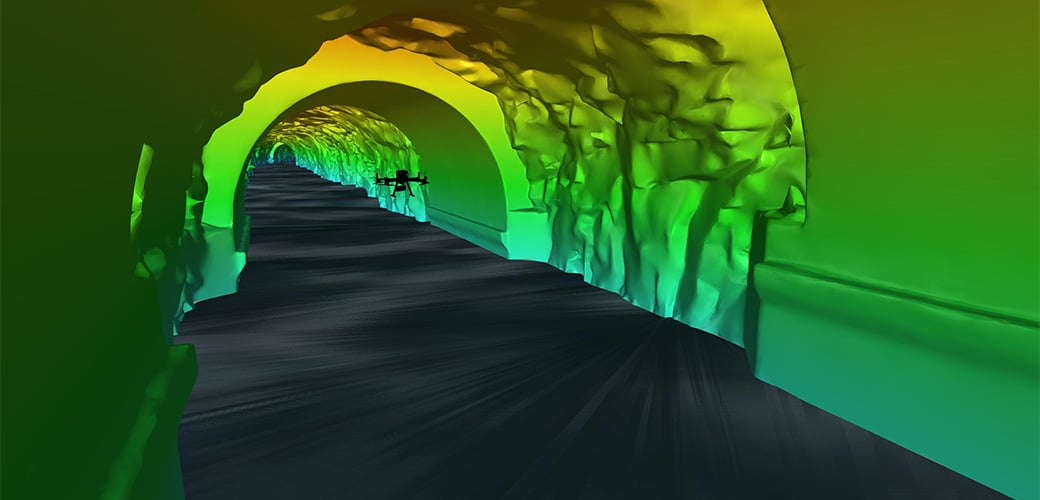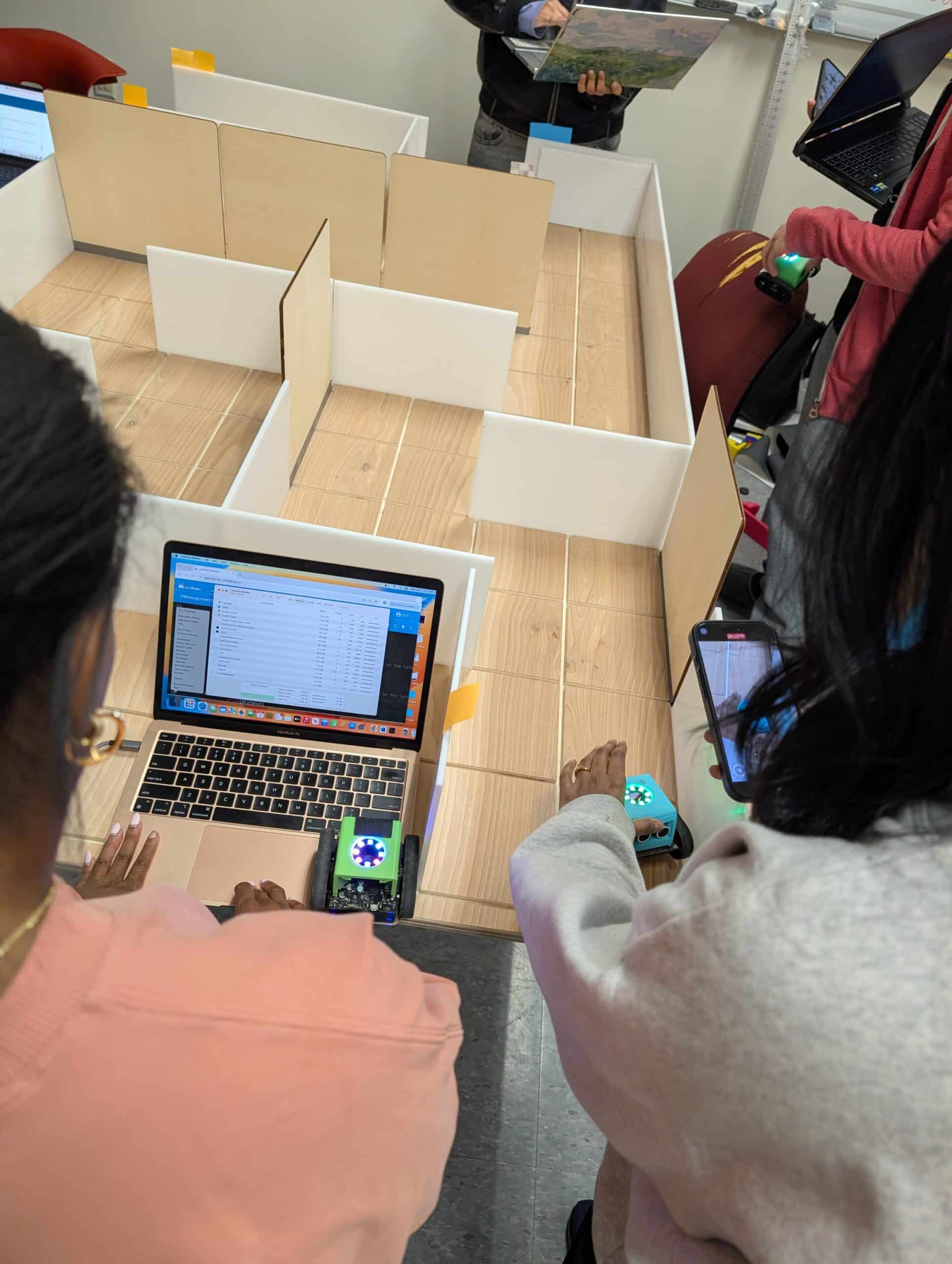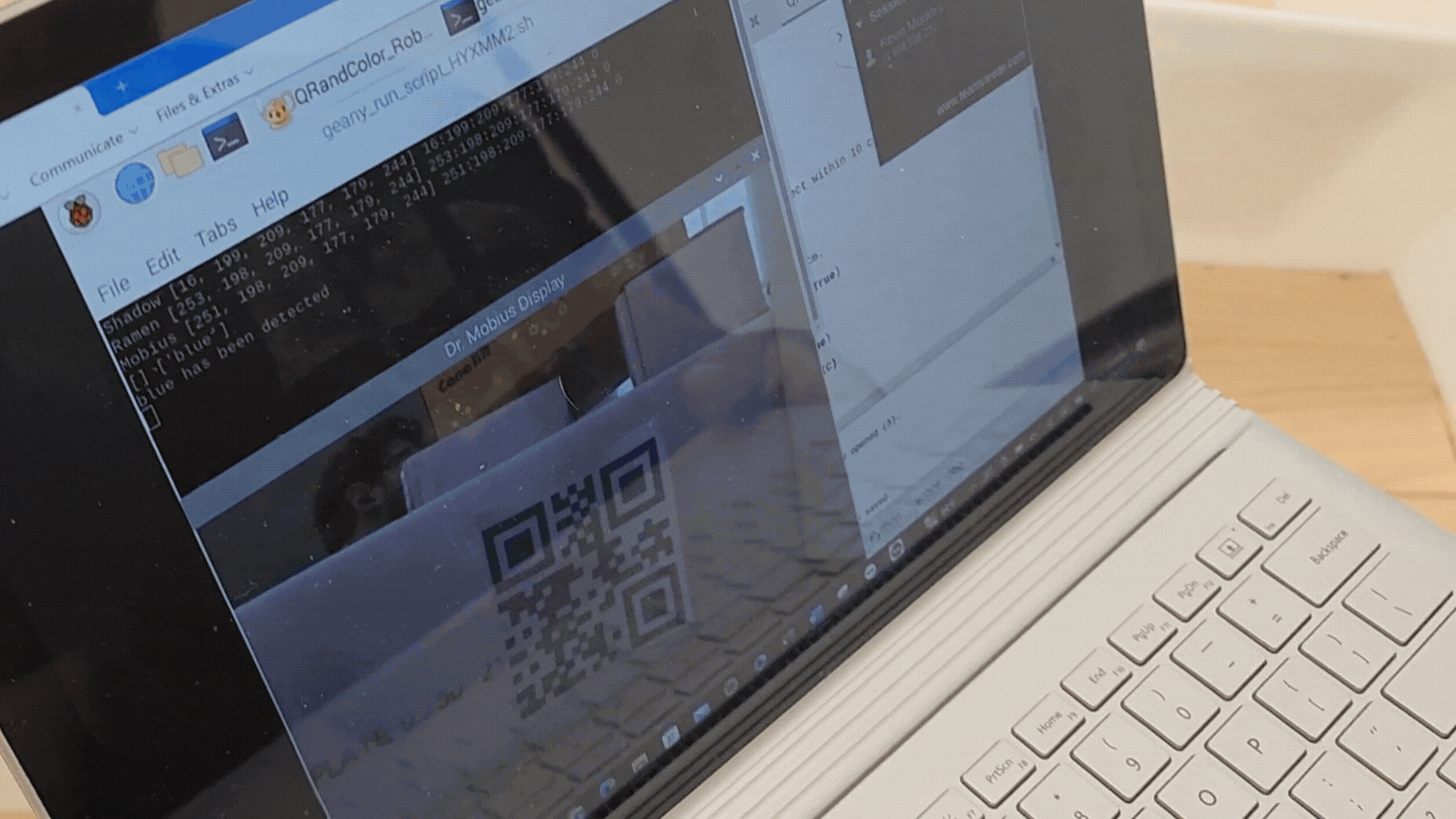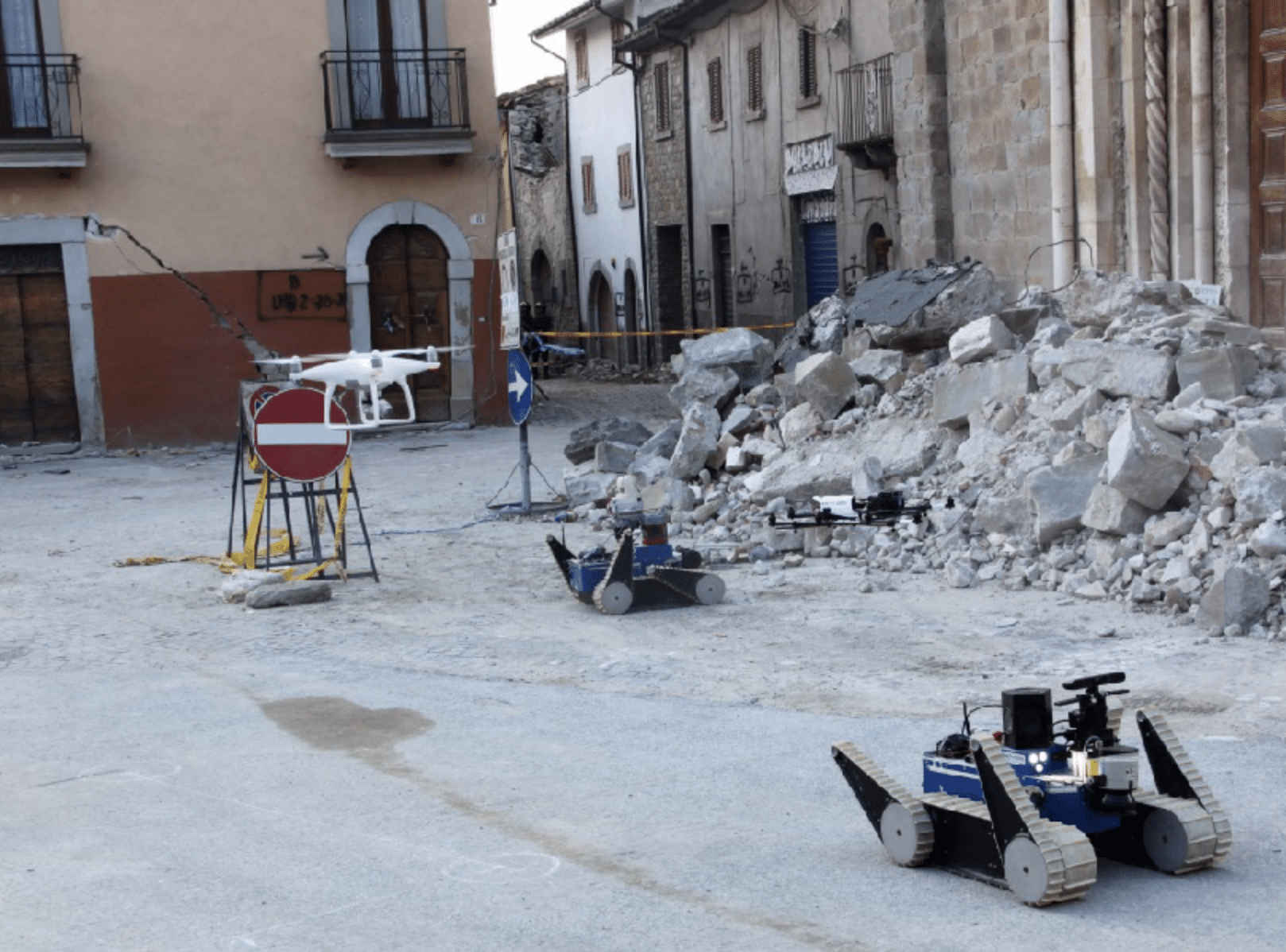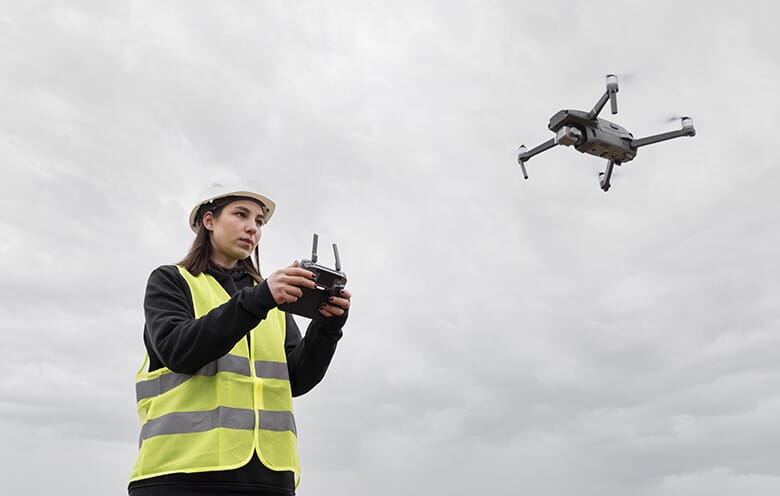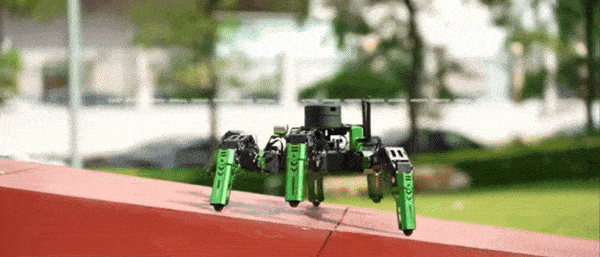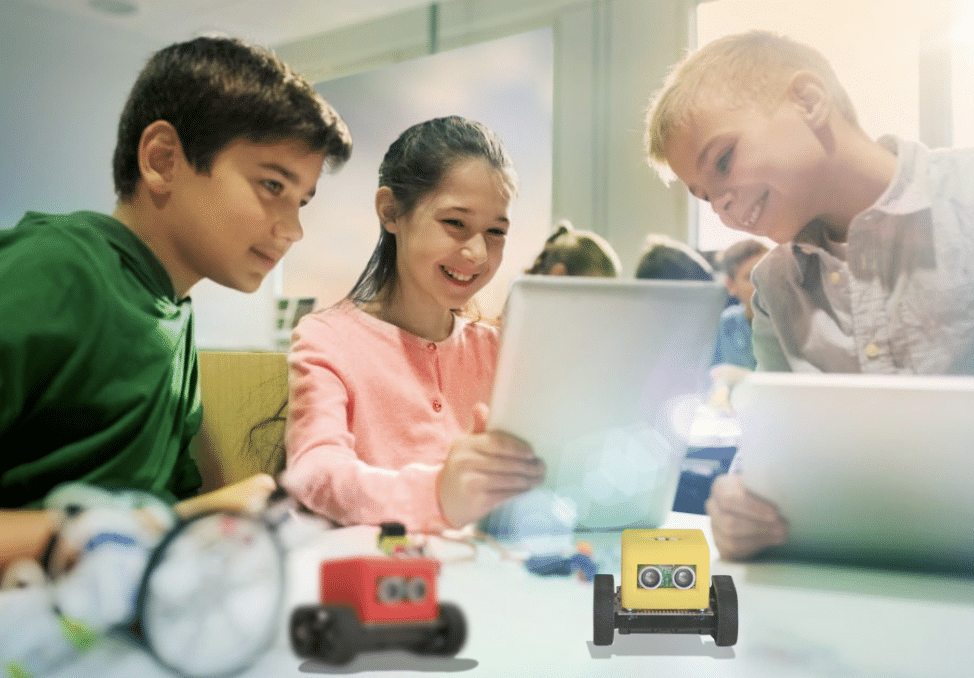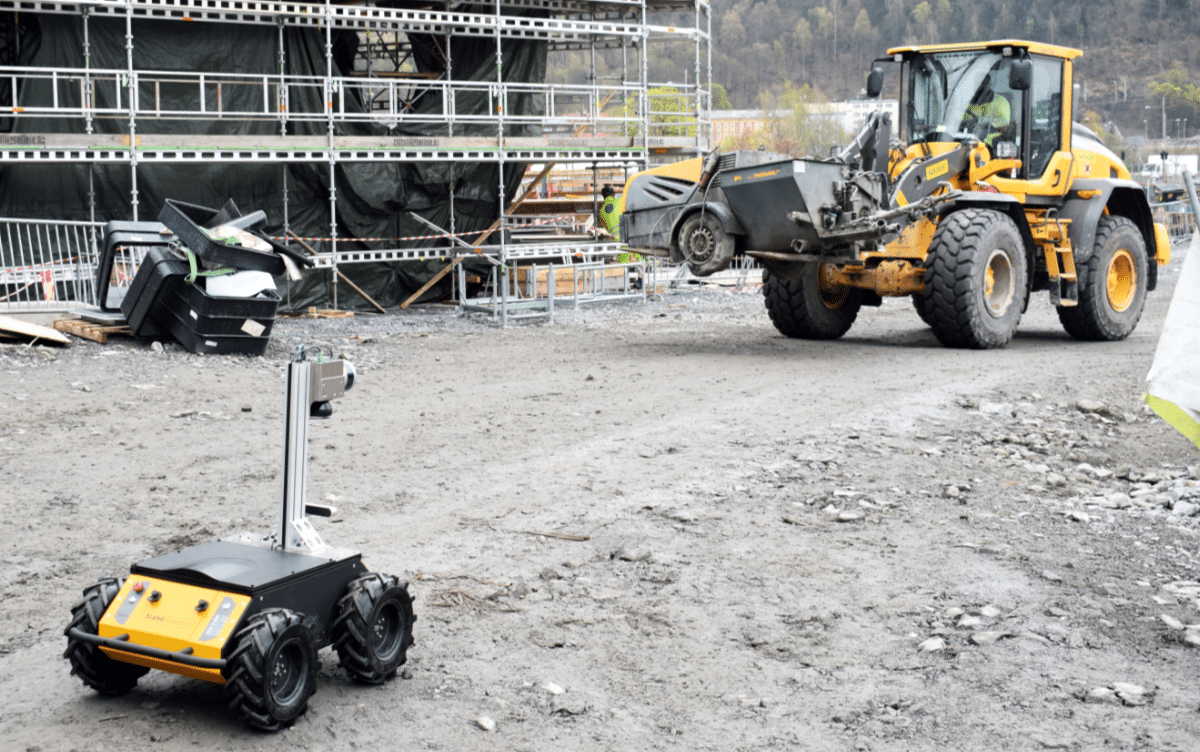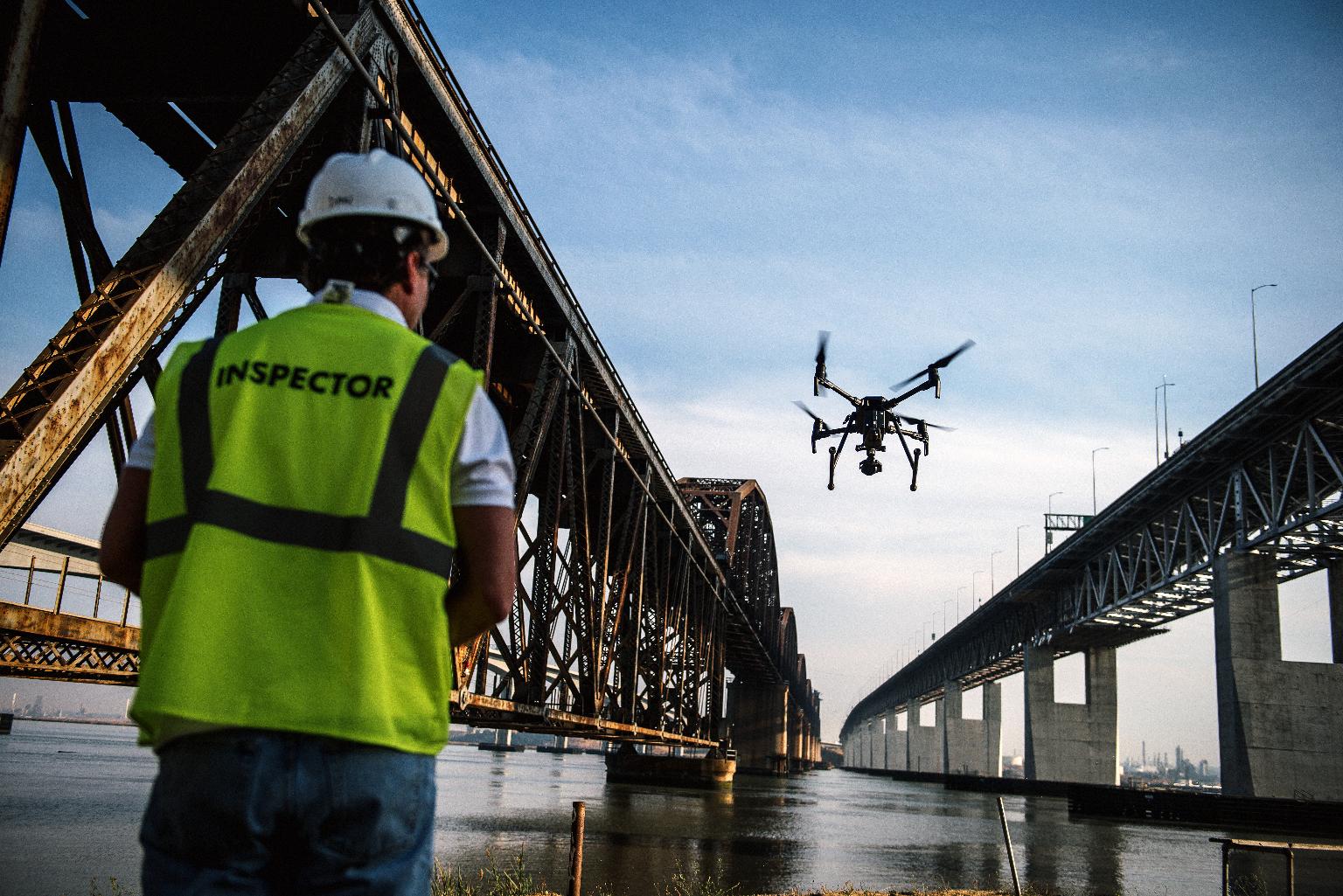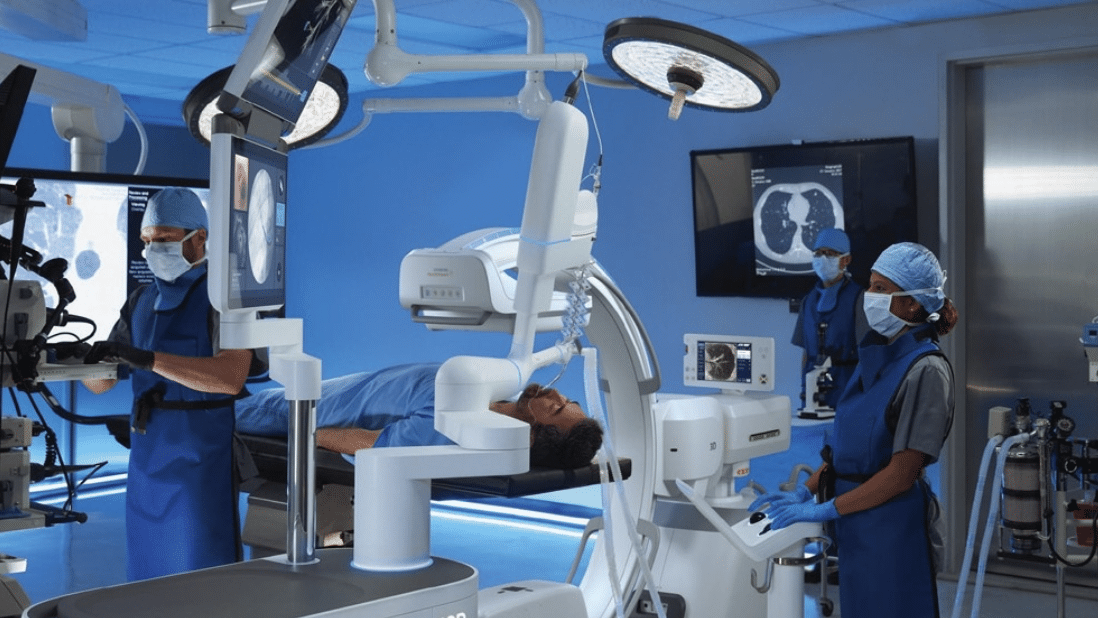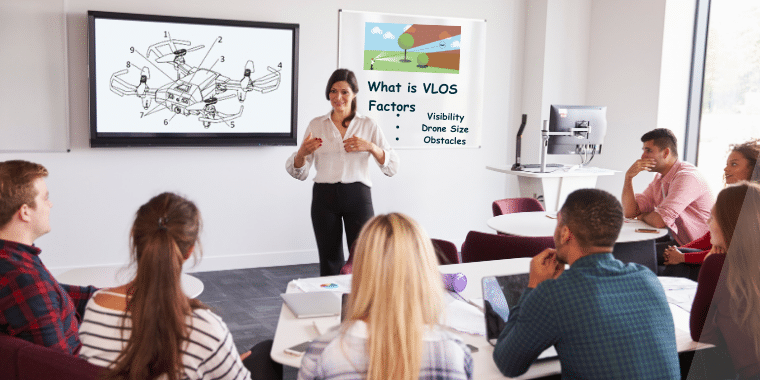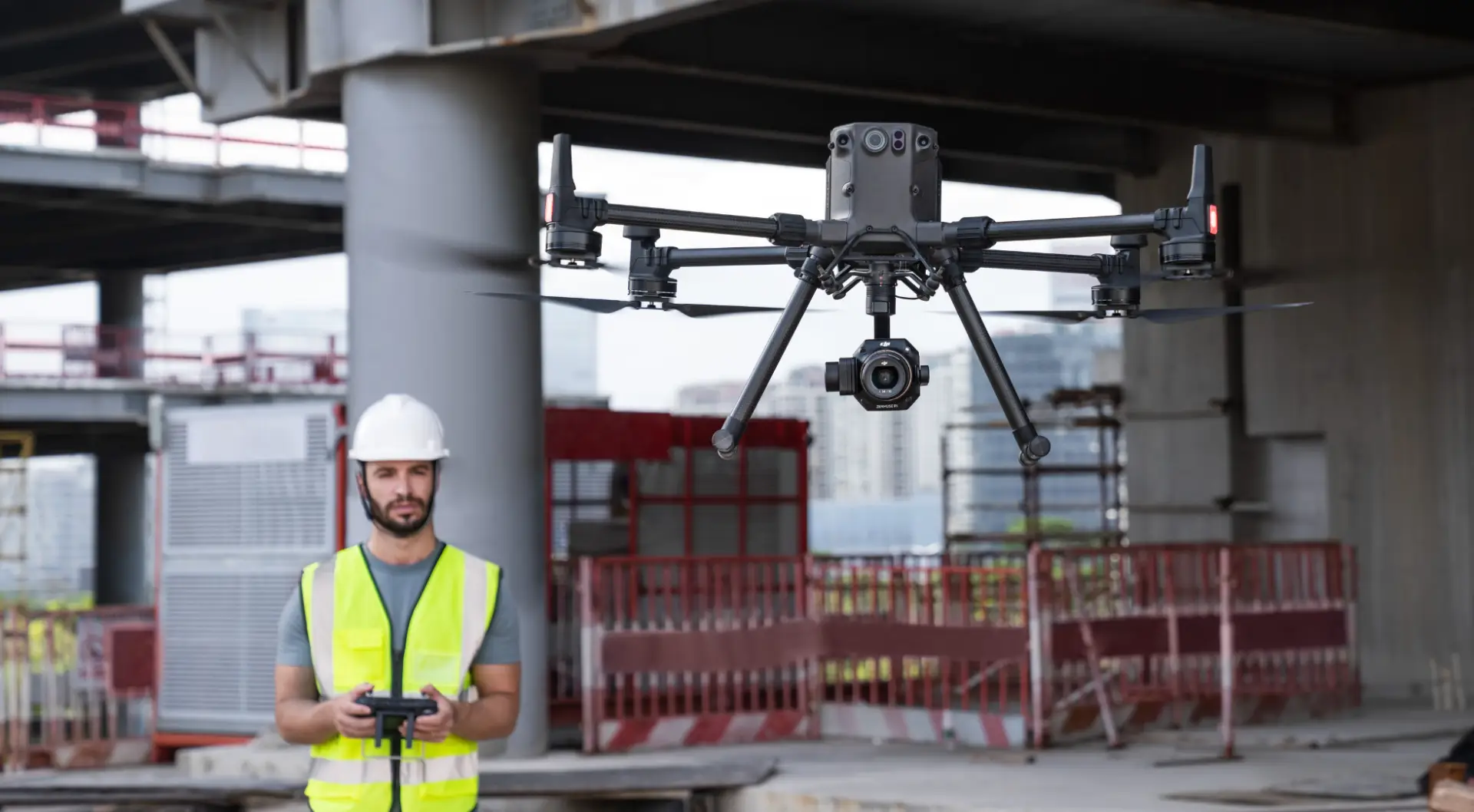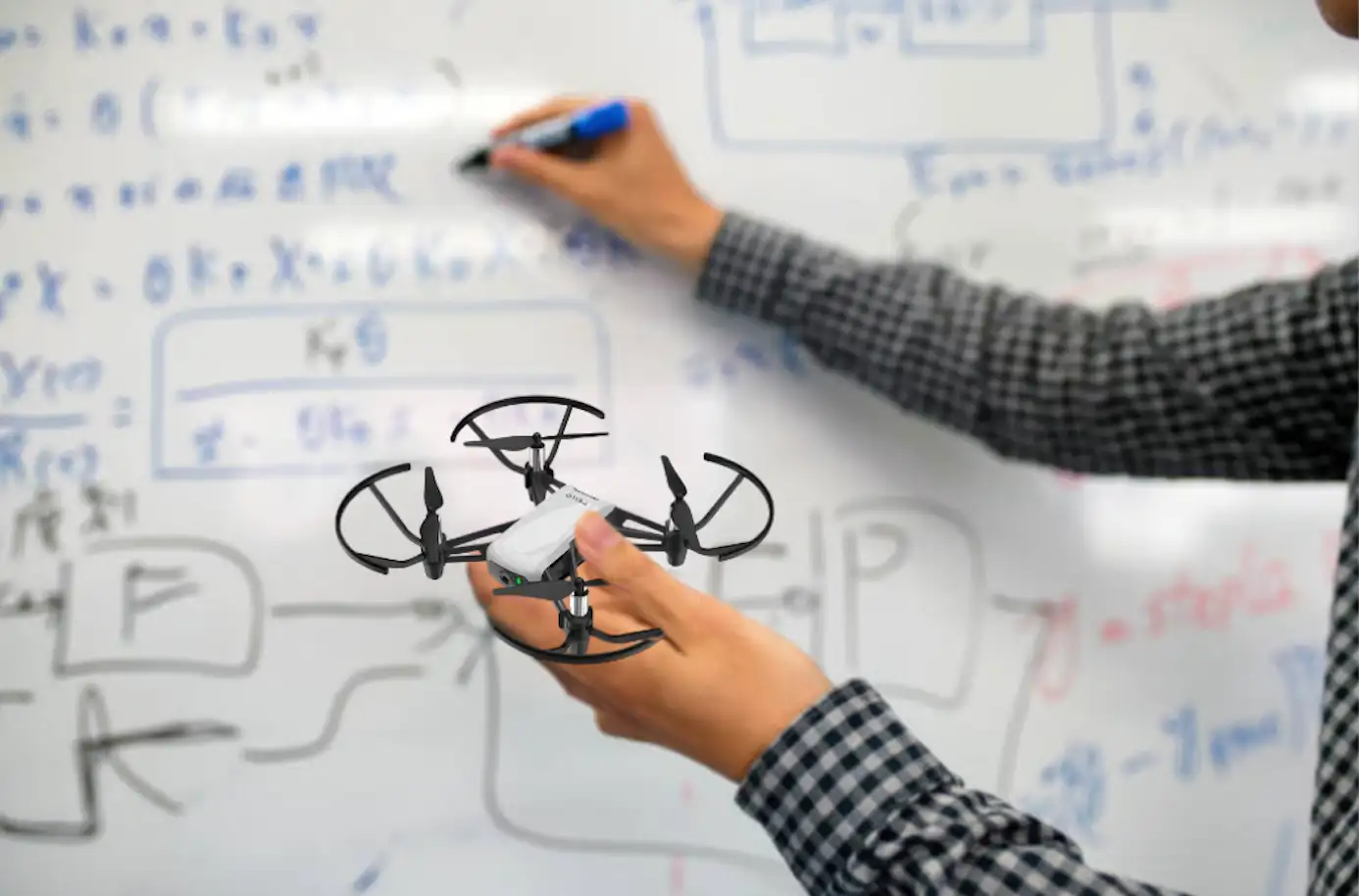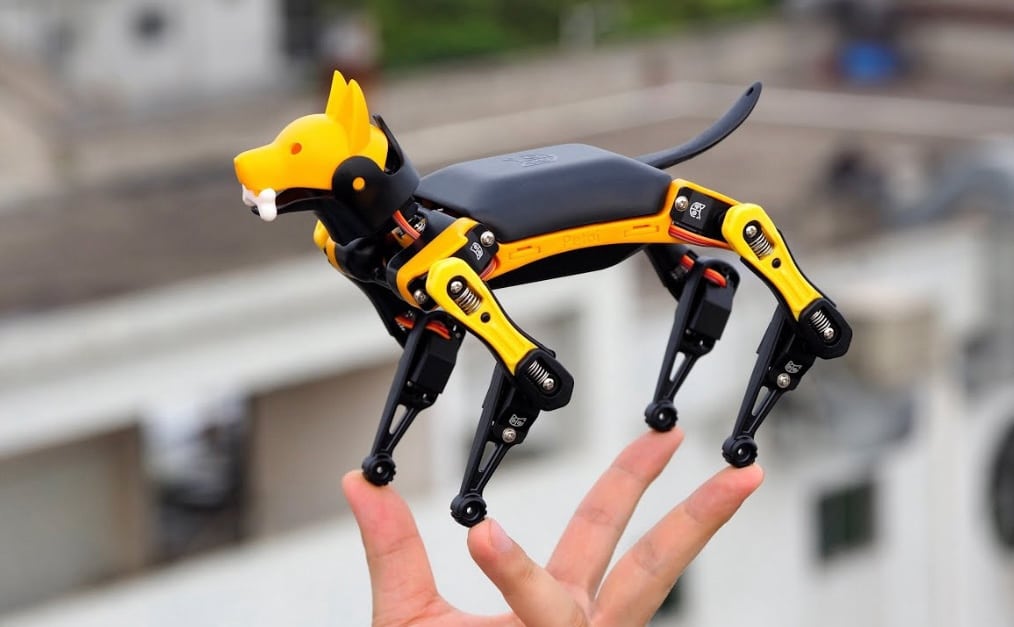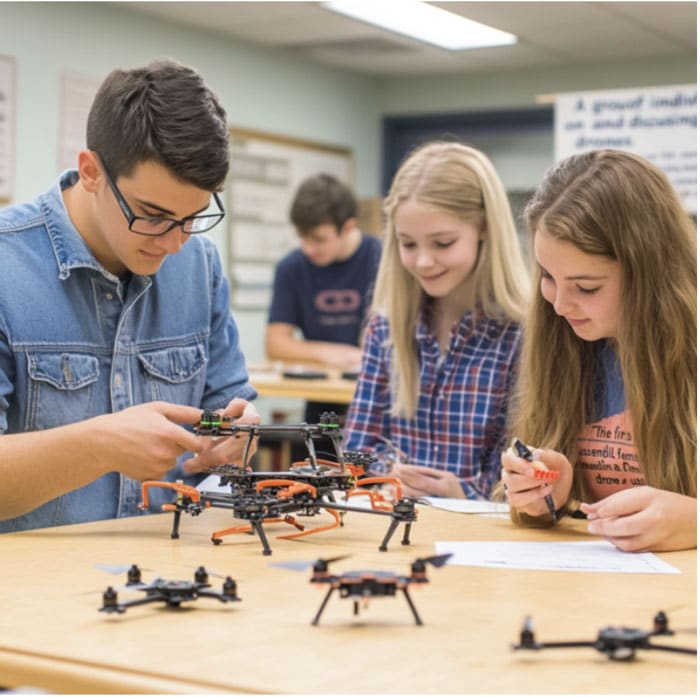Incorporating new technology into classrooms can feel like another task added to an already full plate. Between lesson planning, managing student needs, and grading, finding time to explore and implement a new tool can seem nearly impossible. But when it comes to Virtual Reality in education, it doesn’t have to be that way.
With the right platform, virtual reality for schools can fit directly into existing STEM and CTE programs, enhancing learning without demanding extra prep time from educators.
Why VR Career Exploration Fits Naturally into Teaching
Career readiness is a key focus across middle and high school programs, yet traditional career exploration methods, guest speakers, field trips, and videos often fall short of immersing students in the actual work experience. VR solves that problem by letting students step inside real-world careers, efficiently and safely, within the classroom.
A VR-based approach provides:
- Engagement without complexity – Students experience hands-on learning through immersive simulations that don’t require extra supervision or setup.
- Scalability across grade levels – Teachers can use the same platform for both introductory career awareness and advanced technical exploration.
- Built-in curriculum alignment – Many VR platforms already align with national and state STEM and CTE standards.
Easy Ways to Integrate VR Without Adding Work
1. Use VR as a Lab Alternative
VR can replace traditional labs for activities that would normally require materials, equipment, or field trips. For example, instead of visiting a manufacturing plant, students can explore virtual environments where they assemble circuits, inspect equipment safely, or operate machinery independently.
2. Incorporate It into Existing Units
VR career modules often connect to topics you are already teaching. In a unit on renewable energy, students can virtually explore wind turbine maintenance or power grid operations. In a computer science class, they might take on roles in cybersecurity or network support, all within the context of your current lesson plan.
3. Pair with Reflection and Discussion
VR experience is most powerful when paired with classroom dialogue. After a simulation, have students share what surprised them, what skills they noticed were important, and which career areas sparked interest. These discussions require no new materials, just guided conversation.
4. Let Students Explore Independently
Modern VR setups are plug-and-play. Once students understand the interface, they can navigate simulations on their own, freeing teachers to focus on observation and facilitation rather than instruction.
What to Look for in a Classroom-Ready VR Solution
To truly save time, a VR career exploration program should come ready to teach. Look for features such as:
- Pre-built, standards-aligned curriculum
- Quick hardware setup and easy login options
- Lesson plans and assessments included
- Teacher training and ongoing support
When these elements are built in, implementation shifts from a burden to a benefit—giving students authentic experiences without requiring teachers to become VR experts.
LocoRobo: Virtual Reality Career Exploration Made Simple
LocoRobo’s all-in-one VR Career Exploration program brings hands-on, standards-aligned learning to classrooms—no lab setup or field trips required.
With 20+ immersive simulations spanning careers in engineering, environmental science, skilled trades, manufacturing, and digital design, students can explore real-world roles through interactive experiences that connect directly to STEM and CTE pathways.
What’s Included:
- Meta Quest 3 Virtual Reality Headsets: Seamless, high-quality VR hardware.
- VR Software Library: Explore over 20 interactive simulations, from drone technician and cybersecurity analyst to HVAC specialist and civil engineer.
- Curriculum Guides: Lesson plans and classroom activities built to meet academic standards.
- Support You Can Count On: Onboarding and training designed to make implementation quick and effortless.
Help students explore future careers without adding extra work to your schedule. Request a Demo and see how LocoRobo’s VR Career Exploration program can make career readiness engaging, simple, and scalable.



